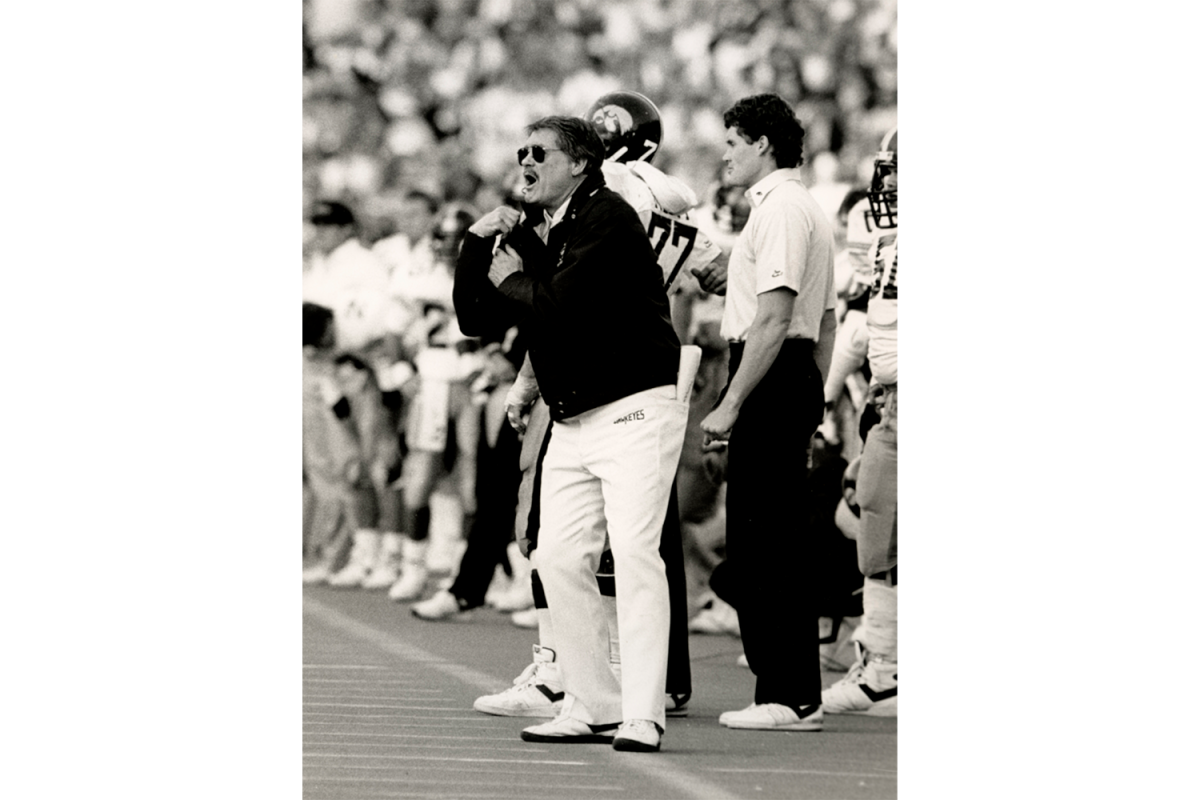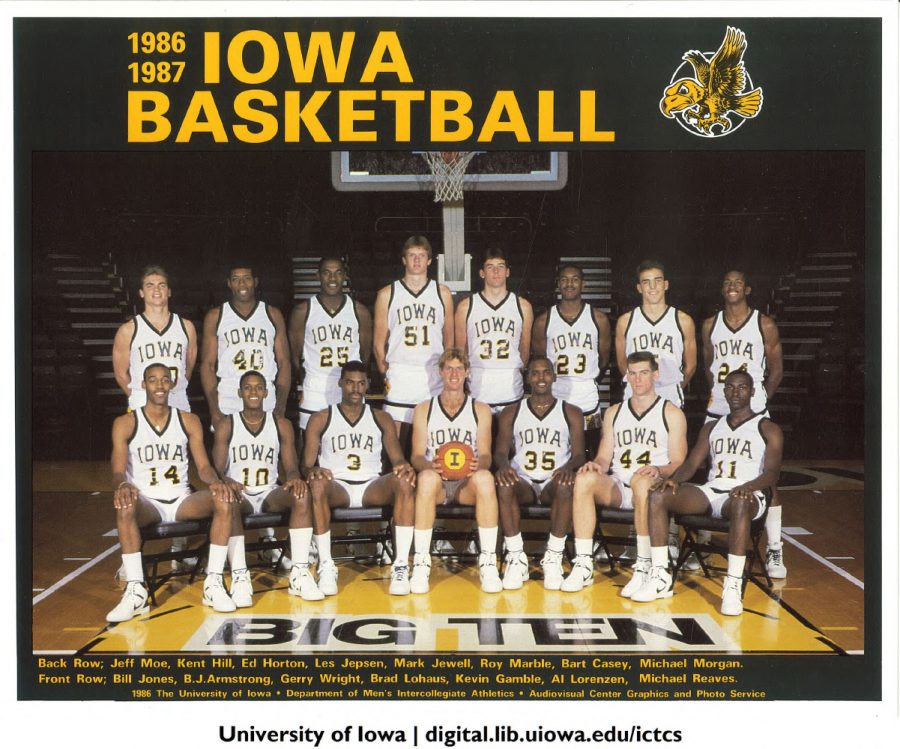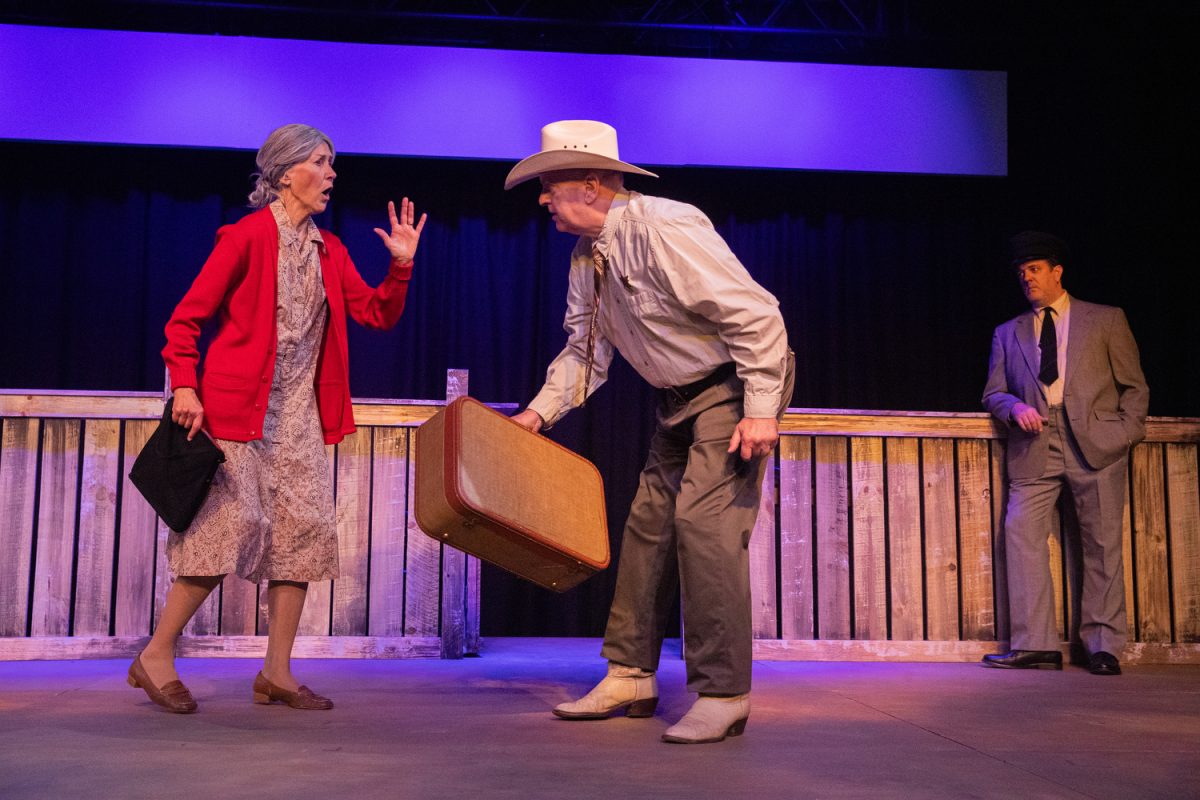Edward Abbey, the famous environmentalist and naturalist, once said, “the idea of wilderness needs no defense, it only needs defenders.”
Last week, CNN’s Morgan Spurlock did a piece on America’s national parks system. Specifically, his short documentary focused on the “youth problem” that the parks system is having.
The number of national parks visitors last year soared to previously unheard of heights. With approximately 292.8 million visitors, 2014 was a record-setting year for the national parks. But the story behind this number is not as exciting.
The average age of these “defenders” was shockingly high. Of visitors to Denali and Yellowstone national parks, the average age was 57 and 54, respectively. Meanwhile, the number of visitors under the age of 15 to all national parks was cut nearly in half from previous years.
Despite having 401 diverse units (composed of parks, national monuments, and other features, including the White House), the National Park Service budget is one of the smallest of all national government sects. With fiscal 2014 budget of $2.98 billion, the Park Service costs Americans only $4 per year.
With such a small budget, there really is no such thing as opposition to the National Parks. However, lacking opposition is not the same as having supporters.
Budgetary constraints and global climate change aside, however, the biggest problem facing the Park Service is the lack of desire among the younger generation to get outdoors. As Park Service Director Jonathon Jarvis puts it in the CNN special, the issue is getting younger Americans to “see their story, their history, their families in the national parks.”
The Department of the Interior (the parent organization of the Park Service) has tried to reinvigorate youth interest in the parks by increasing their presence on social media platforms, but it doesn’t seem to be working.
As Jarvis points out, the most important thing is simply finding a way to expose and explain the importance of these beautiful places to the younger generation.
The National Parks are the physical embodiment of the American Spirit. Each park and monument, in its own unique way, is proof of the freedom, bravery, and adventurousness for which Americans claim to stand.
In my brief 20 years, I’ve spent more time in National Parks than most people my age that I know. Immediately upon leaving a National Park, I feel the burning desire to return as soon as possible to the beautiful sun-soaked cliffs, the rich overwhelming smell of timber, and the calm trickle of streams between pristine lakes.
But more important than the sheer unparalleled beauty of the national parks system is the meaning of the places and monuments encompassed by the service. What infrequent park visitors often forget is that these places are our connection as American citizens to the past — to our roots.
One cannot help but feel the presence of the likes of Teddy Roosevelt, Lewis and Clark, and Sacagawea as they wander through a National Park. Rugged explorers and adventurous spirits helped carve this country and the National Parks are the fruits of those labors — the prize for their (and our) hard work.
In my daily life, I, along with nearly every other person my age, spend hours upon hours on my phone or computer. I, however, long for the fresh air of the National Parks, for the brief respites from technology—a sentiment many my age seem not to share. In this setting, however, there is nothing more that I can do than implore you to go there yourself.






